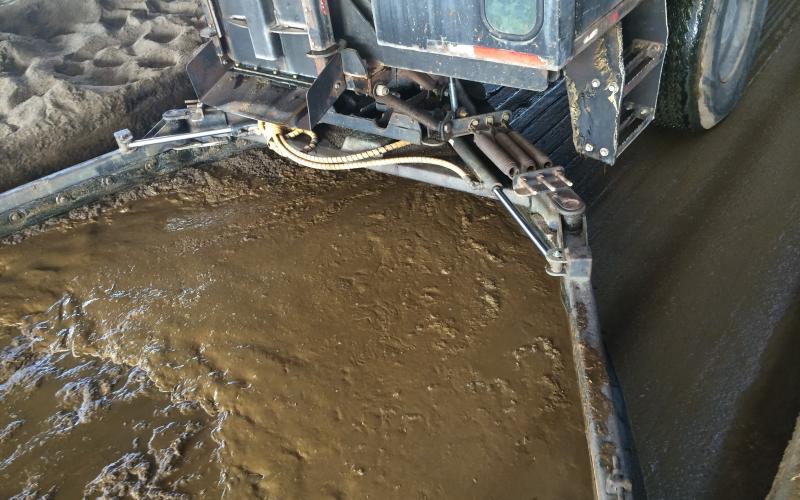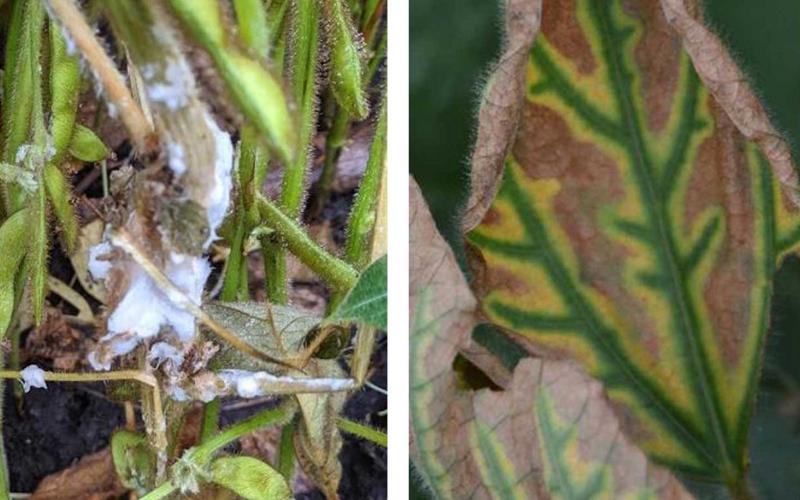Content by SDSU Extension

Build Strength Without Using Weights!
Good news! You can use your own body weight to help build strong muscles and bones, no equipment needed!

Bountiful Backpack
Use this program to help participants develop cooking, food safety, and recipe preparation skills for its participants.

Fall Noxious Weed Control
Fall weed control can give the best weed control, but it also can be a poor time. If the noxious weeds were sprayed or clipped earlier this summer, and there is good weed growth now, this would be an excellent time to spray these weeds and get a good kill.

Fall Lawn Weed Control
Fall is the time to control tough perennial broadleaf lawn weeds. The target weeds in the fall are dandelion, ground ivy, creeping bell flower, field bindweed and white clover.

Five Individuals Selected for Induction into the South Dakota 4-H Volunteer Hall of Fame
January 09, 2023
A group of five individuals has been selected for induction into the South Dakota 4-H Volunteer Hall of Fame.

Networks, Hierarchies, and Power in the 21st Century
In this article, we look at how hierarchies and networks have influenced modern society. Then we examine how South Dakota innovators in the community development space have utilized these concepts in their work today.

SDSU Extension Weed Evaluation Extension Demonstration Available at South Dakota State Fair
September 01, 2020
The SDSU Extension Weed Evaluation Extension Demonstration project will be available to the public at the South Dakota State Fair September 2-September 7.

If You Build It, They Will Come: Building a Local Tourism Event
Whether realizing it or not, entities across South Dakota have overcome many hurdles to launch entrepreneurial tourism-focused ventures. For the rest of us, let’s take a moment to consider core steps in building your next big idea.

Understanding Manure Storage System Safety Risks
Many producers know and understand the risks associated with confined manure handling systems, but accidents and deaths still occur because unwarranted risks are taken as manure is being handled and removed from the systems.

White Mold and Sudden Death Syndrome Starting to Develop
White mold and sudden death syndrome are starting to develop in a number of soybean fields. These two diseases develop starting at the soybean flowering growth stage and can occur throughout the rest of the soybean growing season.